Installing an EV charger does not require rewiring your house. The electrical work is usually confined to creating the new circuit between the consumer unit and charger.
Electric cars are predicted to get cheaper over time with the latest estimates pegging price parity with ICE cars by 2026.
Electric cars can provide significant long-term savings on fuel costs and maintenance, making them ideal for those with charger access.
Like the fuel economy estimates for petrol cars, WLTP gives consumers a starting point rather than a guarantee on electric vehicle range.
Rather than dragging your EV charging cable across the pavement, why not run it through the pavement?
It's easy to confuse a kW and a kWh, so much so we have seen it in charger company brochures!
Charging an EV at home will increase your electricity bill by 30% per month on average.
Before installing an EV charger, you must notify your Distribution Network Operator (DNO) if your load demand is 60amps or more.
Today, electric cars cost more than ICE equivalents, but this will change in the next few years.
The answer is no – you do need to pay to charge your electric car at IKEA. However, the rates are very reasonable compared to many other public charging networks.
British Gas offers two smart EV charging solutions - the compact EO Mini Pro 3 and the robust 7.4kW Alfen Eve S.
The cost of an EV charger depends on who is applying because there are Government grants available to some buyers.
An EV tariff offers lower prices per kWh at certain times or when charging an EV.
Is it worth getting a home charger for faster and safer charging?
The long-term success of EVs as a new standard for private transport is only made possible by the confluent expansion of infrastructure to support their usage.





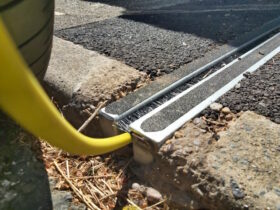
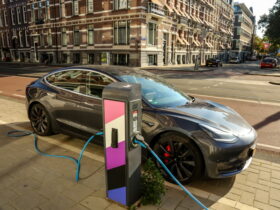





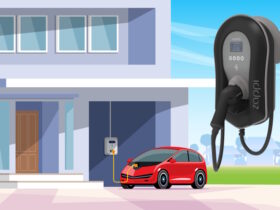
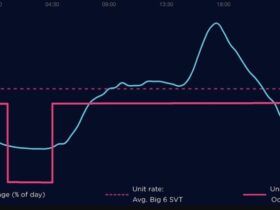
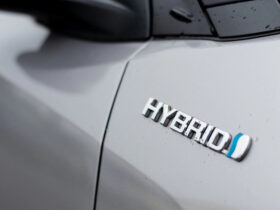

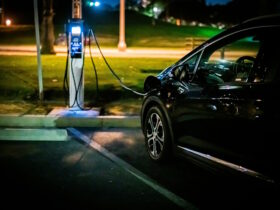
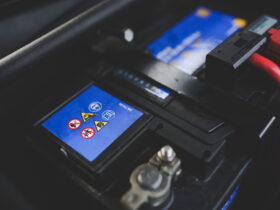




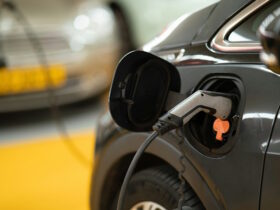
Follow Us